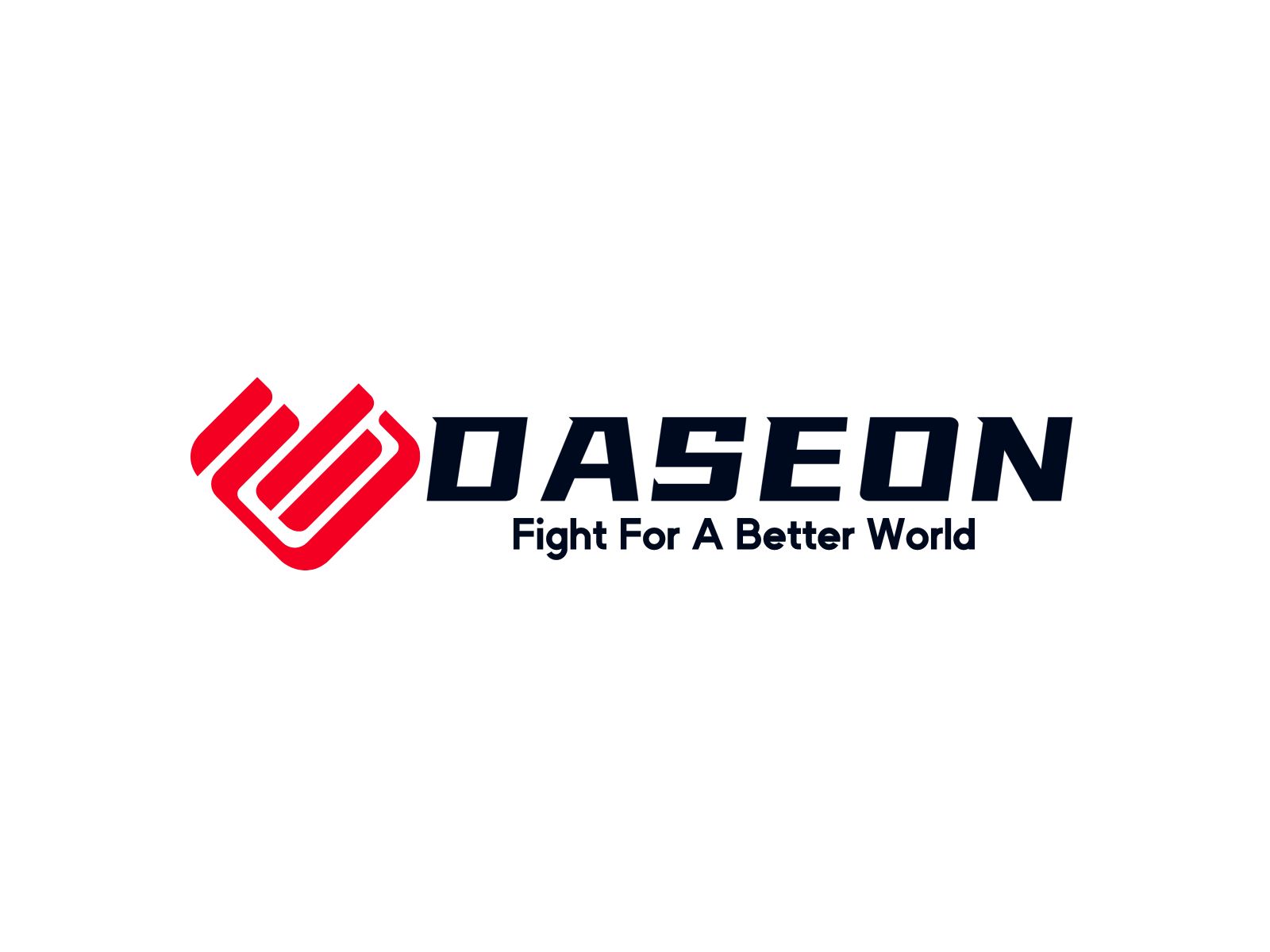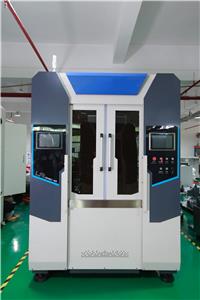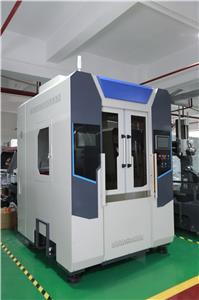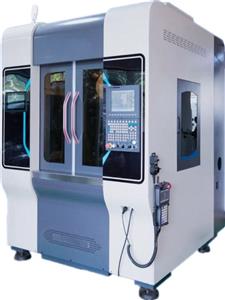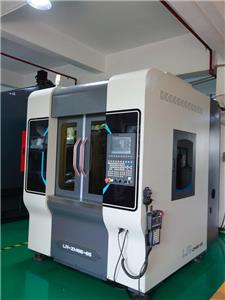- Home
- >
- News
- >
- Technical Insights
- >
- Tackling Surface Defects in Magnesium Casting: How Advanced Equipment Elevates Quality from the Source
Tackling Surface Defects in Magnesium Casting: How Advanced Equipment Elevates Quality from the Source
Magnesium alloy is a material of choice in high-end manufacturing for its exceptional strength-to-weight ratio. However, its reactive nature presents a persistent industry challenge: the susceptibility of die-cast components to oxidation, blackening, and color inconsistency. These surface defects can severely compromise the quality and acceptance rate of final products.
As a manufacturer of end-to-end die-casting equipment, we know that solving these issues begins at the foundational forming stage. While operator skill and material purity are vital, advanced and stable manufacturing equipment is the cornerstone of consistent quality.
The Challenges of Conventional Die Casting
In traditional high-temperature liquid die casting, surface defects often originate from the process itself:
High-Temperature Oxidation: In its molten state, magnesium alloy reacts readily with air, moisture, and even mold-release agents. This high-temperature exposure is a direct cause of oxidation and blackening.
Process Variability: Minor fluctuations in melt temperature, injection velocity, or mold temperature can lead to variations in the component's internal structure and surface finish, resulting in color inconsistencies across batches.
Downstream Dependencies: Defects created during the initial casting phase often require extensive post-processing—such as aggressive cleaning, machining, and surface treatments—to correct. This not only increases costs but also introduces new risks for quality issues.
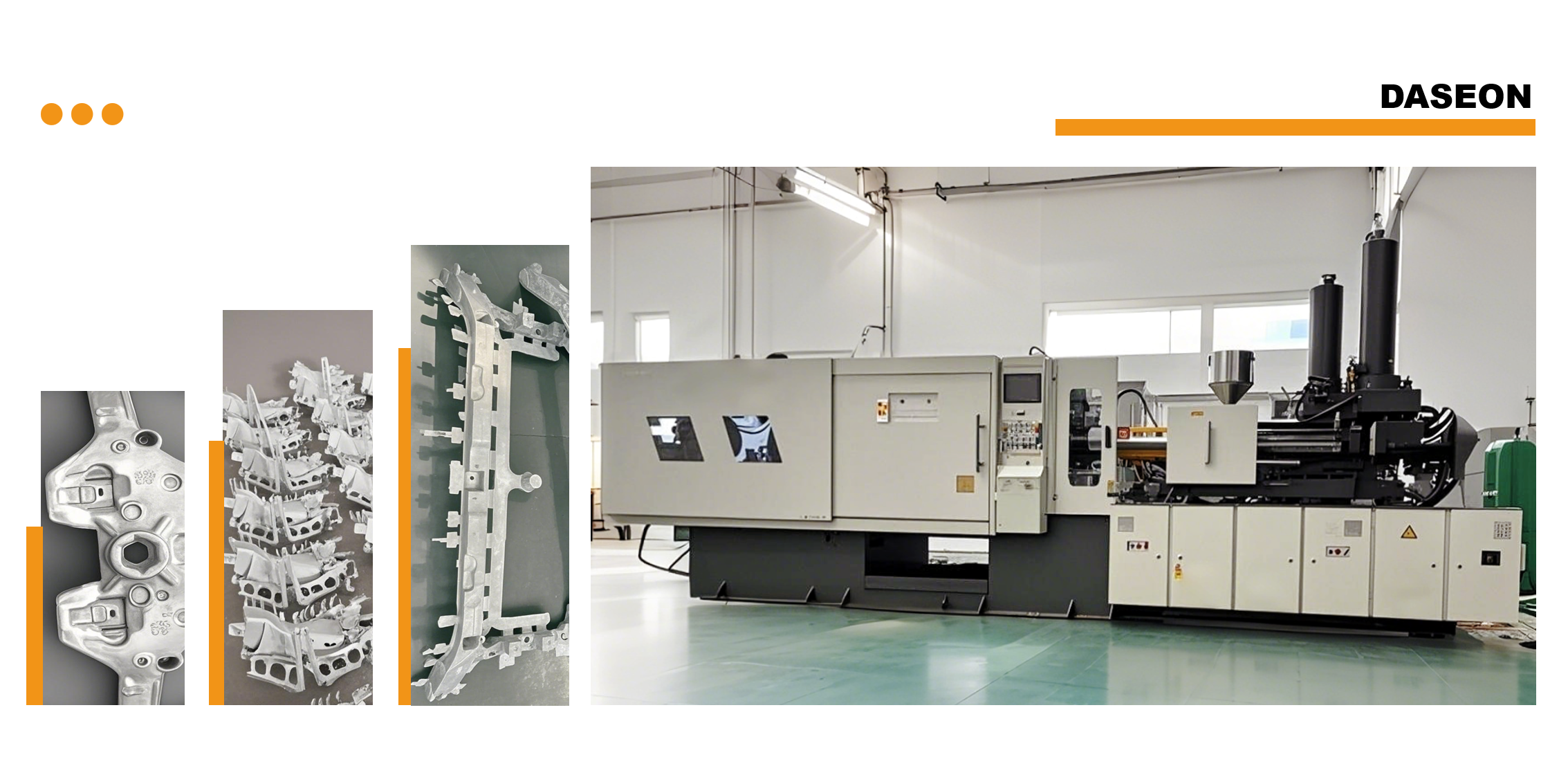
The Technological Leap: The Advantage of Semi-Solid Metal (SSM) Forming
To fundamentally solve these problems, a new approach to forming is required. This is the principle behind our Magnesium Alloy Semi-Solid Metal (SSM) Forming Machine. Compared to conventional die casting, SSM technology (also known as Thixoforming) offers decisive advantages:
Significantly Lower Operating Temperatures: By processing the alloy in a semi-solid state, the operating temperature is far below that of liquid die casting. This dramatically inhibits high-temperature oxidation at the source, yielding components with an inherently cleaner surface.
Ultimate Process Control: Our machines provide precise, closed-loop control over all critical parameters, ensuring exceptional stability and shot-to-shot repeatability. This eliminates the process variability that causes color differences, guaranteeing consistent product appearance.
Superior Component Integrity: SSM forming minimizes gas entrapment and shrinkage porosity, producing parts with a denser microstructure and a superior surface finish. This not only enhances mechanical properties but also provides an ideal foundation for any subsequent machining or coating processes.
Conclusion
Addressing oxidation and color defects in magnesium casting should be about prevention at the source, not correction downstream. By leveraging advanced equipment like our Magnesium Alloy SSM Forming Machine, manufacturers can elevate their process capabilities and stabilize production. The result is the efficient, reliable output of magnesium components with flawless appearance and uncompromising quality.
DASEON is dedicated to providing cutting-edge die-casting solutions. Contact us to explore how our advanced equipment technology can help you overcome manufacturing challenges and strengthen your competitive edge.
